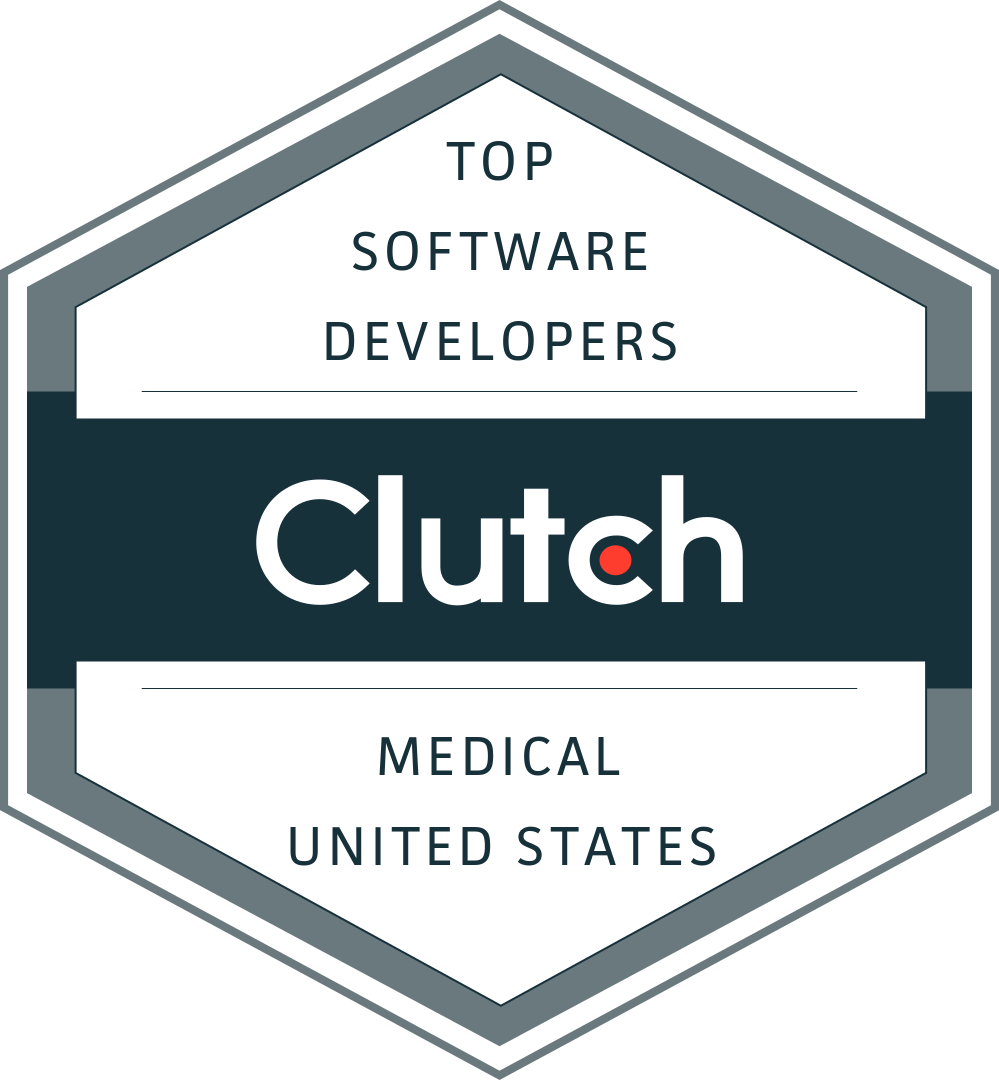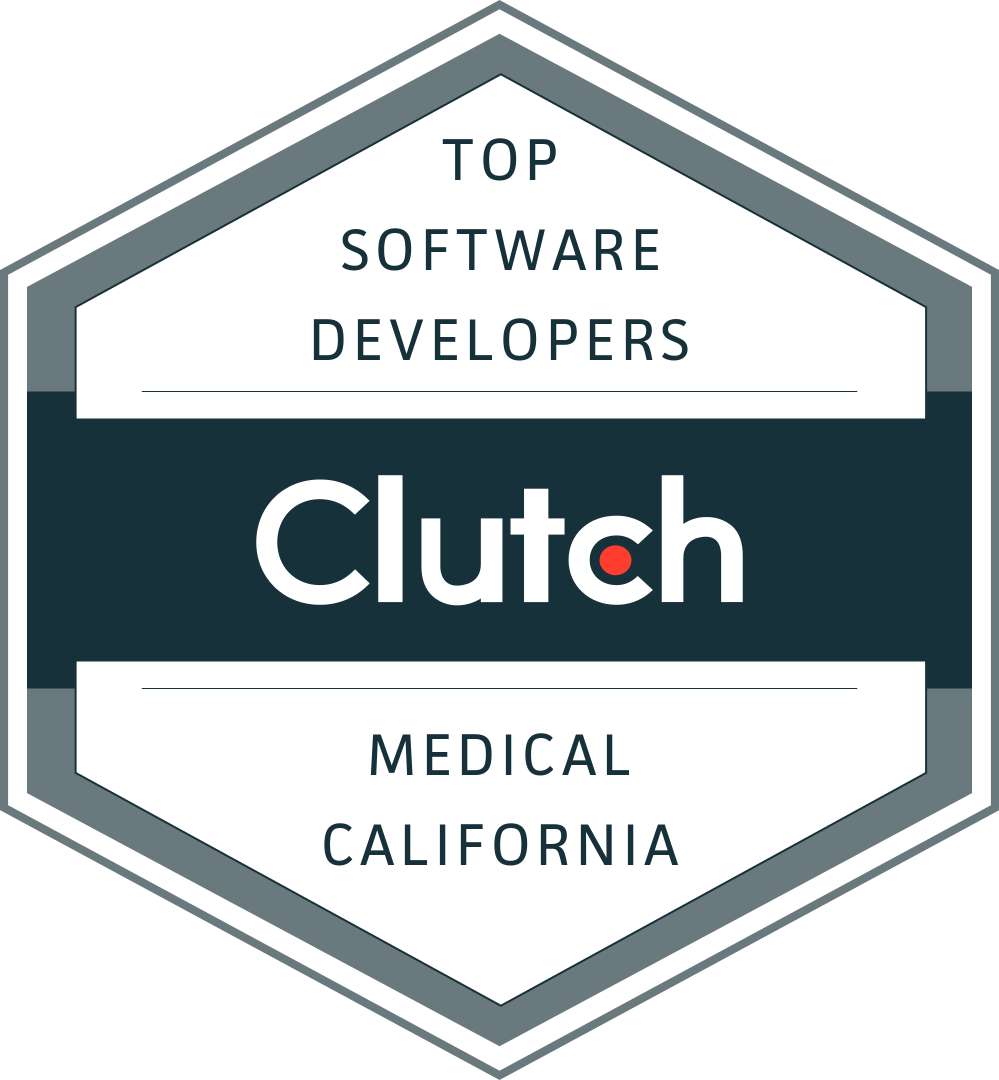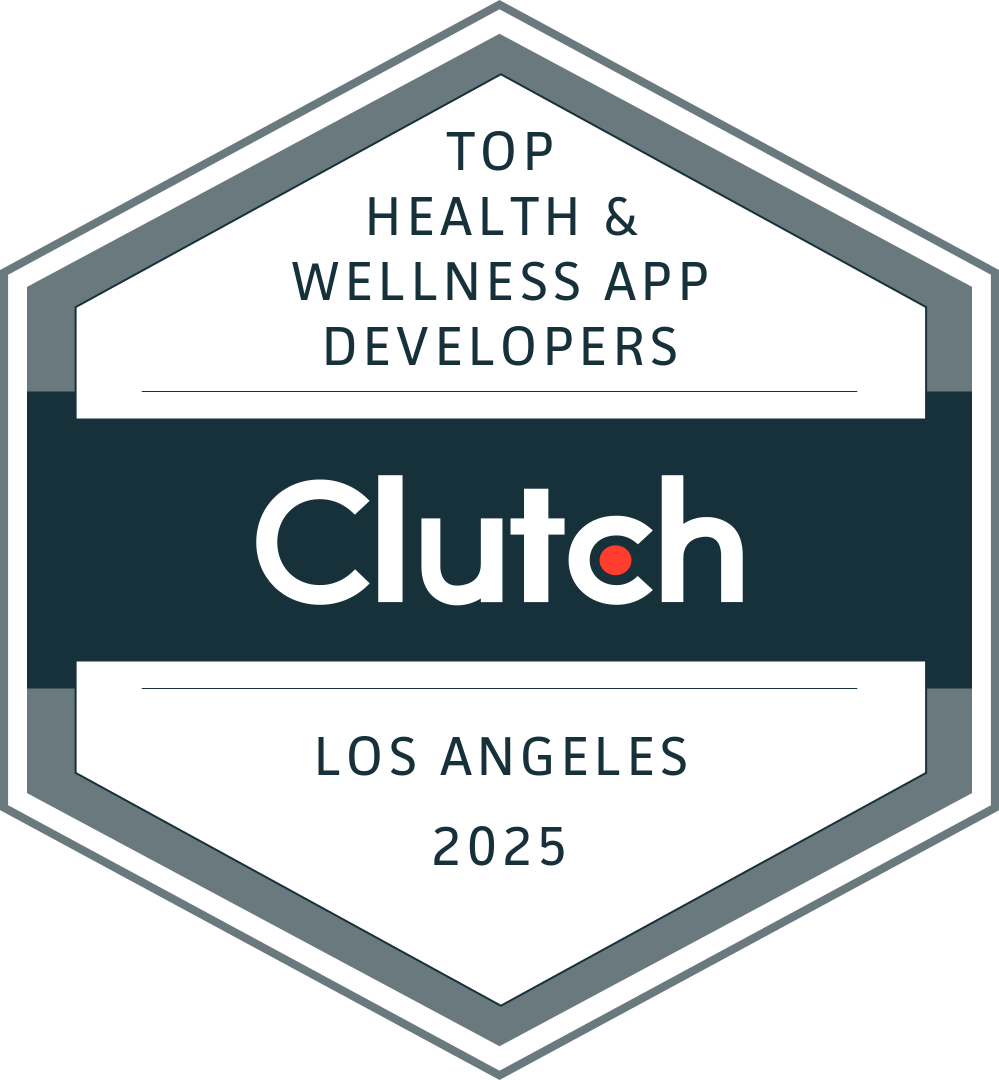Introduction In 2025, nearly every SaaS contract comes stamped with “AI included.” From EHRs to HRIS to billing tools, vendors promise instant efficiency with a single toggle switch. But here’s the catch: leaders across ABA networks, MSOs, and regional health plans are realizing these add-on AI features often come with 30–50% uplifts, vendor lock-in, and […]

In recent years, there has been a significant shift towards extending healthcare portals to mobile apps, driven by the increasing demand for accessibility and convenience in healthcare delivery. Mobile apps offer a cost-effective solution by leveraging existing designs and functionalities, ensuring a seamless user experience. This trend empowers patients and providers with tools to enhance communication and efficiency, providing real-time access to health information, appointment scheduling, telehealth services, and secure messaging. By integrating with existing systems, mobile apps reduce administrative burdens and increase patient outreach.

Benefits and Key Features of Mobile Apps in Healthcare
Mobile devices are becoming indispensable in healthcare, offering numerous benefits to providers, patients, and health plans. Key features of healthcare mobile applications include:
- On-the-go Instant Access: Immediate access to health records, test results, and other important details.
- Appointment Scheduling: Convenient scheduling and rescheduling of appointments.
- Medication Reminders: Alerts for medication dosing schedules.
- Telehealth Integration: Web-based consultations and follow-up monitoring.
- Secure Messaging: Encrypted communication between patients and providers.
- Branding Benefit: Having a mobile app on users' phones increases brand visibility and engagement, reinforcing the organization's presence and commitment to innovation in healthcare.
These features enhance user experience, making healthcare services more accessible and efficient.
Cost-Effectiveness of Mobile App Development
Developing mobile applications can be cost-effective, particularly when leveraging existing design elements and modular development approaches. Reusing pre-designed elements ensures consistency in brand and user experience, while modular development reduces errors and speeds up the development process. Frameworks like Flutter and React Native enable cross-platform development, saving time and resources by allowing simultaneous development for iOS and Android.
Further System Integration
Many healthcare organizations already have robust IT infrastructures, such as EHRs and patient management systems. Integrating new mobile apps with these systems ensures seamless data flow and minimal need for new backend development. This approach leverages existing investments and enhances overall system functionality.
Apps based on reusable components and existing infrastructure are easier to scale and maintain. This flexibility is crucial in healthcare, where regulations and technologies are constantly evolving. Modular development allows for easier updates and additions, ensuring the app can grow with the organization’s needs.
By strategically reusing existing designs, functionalities, and infrastructure, healthcare organizations can develop cost-effective, robust mobile apps that meet the needs of patients and providers alike. This approach not only saves money but also ensures a high level of reliability and user satisfaction.

Introduction to Cross-Platform Development with Flutter
Choosing the right framework is critical for mobile app development. Flutter has emerged as a powerful tool for developing healthcare applications due to its:
- Single Codebase: Develop applications for both iOS and Android from a single codebase.
- Faster Development: Real-time changes with hot-reload feature.
- Cost-effectiveness: Reduced development time and costs.
- Rich UI Components: Customizable widgets for engaging user interfaces.
Flutter’s robust features ensure that healthcare apps are user-friendly, scalable, and secure.
Strategies for Seamless Accessibility Across Devices
Optimizing web interfaces for multiple devices is crucial as patients, employees, partners, and members expect access across all the devices they use. Strategies include:
- Responsive Design: Ensures the app works seamlessly across various screen sizes.
- Progressive Web Apps: Combines the best features of web and mobile apps.
- Offline Functionality: Allows users to access information without an internet connection.
Seamless access across devices improves user engagement and satisfaction, making healthcare services more accessible. Providing portal access from any device—be it a smartphone, tablet, or desktop—satisfies and engages users, enhancing their overall experience.

Best Practices for Mobile Healthcare Portal Development
To ensure successful mobile portal development, healthcare organizations should follow these best practices:
- User Feedback: Collect and analyze feedback to iteratively improve the app.
- Security and Compliance: Ensure data security and compliance with HIPAA requirements.
- Scalability: Plan for future growth with scalable architecture and cloud-based services.
- Optimize Performance: Use tools to monitor performance and improve speed and responsiveness.
- Employ an AI Chat Bot: Train an AI chat bot using your policy and procedures manual to handle common questions, improving efficiency and providing immediate support to users.
- Add an Inbox for Alerts: Integrate an inbox to deliver messages that appear as SMS or emails and show up as alerts in the mobile app, resulting in a higher read rate and ensuring important communications are not missed.
Adhering to these practices ensures the development of secure, scalable, and high-performance mobile portals that meet current needs and prepare for future challenges and opportunities in the evolving healthcare landscape.
Ensuring HIPAA Compliance
Ensuring HIPAA compliance is critical for healthcare mobile apps. Key areas include:
- Data Encryption: Protect sensitive information in storage and transmission.
- Access Controls: Implement strong authentication mechanisms.
- Audit Trails: Maintain detailed logs of data access and modifications.
- User Consent: Obtain explicit consent for data sharing.
Compliance with these protocols protects patient information and maintains trust in healthcare applications.
Real-World Examples from Health Plans, Large Provider Groups/IPAs, and MSOs
Mobile Apps for Plan Members
Mobile apps empower health plan members by providing secure, real-time access to their coverage details and benefits. Through strong encryption and proper access controls, members can view valuable health plan information readily and securely. This enhances their ability to utilize their plans effectively and makes navigating their healthcare options more straightforward and transparent. Forward-thinking health plans are employing AI bots trained on policies, procedures, and past responses to decrease inbound calls and increase patient satisfaction.
Organizational Benefits for Health Plans:
- Reduced Call Volume: AI bots handle common queries, freeing up customer service representatives for more complex issues.
- Increased Efficiency: Streamlined access to information reduces administrative tasks.
- Improved Member Engagement: Real-time access to coverage details and benefits enhances member satisfaction and loyalty.
- Cost Savings: Automation and improved self-service options lead to operational cost reductions.
Mobile Apps for Patients
Patient-centric mobile apps facilitate the scheduling and rescheduling of appointments, accessing medical records, and secure communication with healthcare providers. These apps ensure all processes comply with HIPAA regulations, improving patient engagement and experience in managing their healthcare. By streamlining these processes, patients can more easily manage their health and stay informed about their care.
Organizational Benefits for IPAs and Large Provider Groups:
- Enhanced Patient Satisfaction: Easy access to scheduling and medical records improves patient experience and adherence to treatment plans.
- Operational Efficiency: Reduces the need for administrative support by automating appointment scheduling and patient communications.
- Compliance and Security: Ensures all communications and data handling meet HIPAA standards, reducing the risk of data breaches.
- Better Resource Management: Optimizes scheduling and resource allocation, reducing no-shows and improving overall clinic efficiency.
Physician Relationship Management (PRM) Apps
PRM mobile apps provide field reps with crucial information about physicians, allowing them to view assigned tasks from other departments, access provider information (HEDIS, last visit, and more), report visit purpose and results, and manage workflows efficiently. These apps enhance coordination among healthcare providers by ensuring data integrity and security. They help alleviate administrative burdens and improve the efficiency of healthcare delivery.
Organizational Benefits for MSOs:
- Improved Coordination: Streamlines communication and task management among field reps and other departments (UM, Compliance, Provider Support, etc.), enhancing overall coordination.
- Data Integrity and Security: Ensures all physician-related information is securely managed and easily accessible, reducing the risk of errors and eliminating the need to bring laptops into the field.
- Enhanced Performance Tracking: MSO managers can easily view average visits per week and the types of visits field reps are conducting (Education, Training, Compliance, Grievance, etc.).
- Operational Efficiency: Reduces administrative burdens by automating workflows and task assignments, allowing staff to focus on higher-value activities.
By implementing these mobile applications, healthcare organizations can achieve significant improvements in efficiency, patient satisfaction, and overall service delivery, while also realizing cost savings and ensuring compliance with regulatory requirements.

Conclusion
Expanding healthcare portals to mobile apps offers transformative benefits for healthcare organizations, patients, providers, and other stakeholders. By leveraging mobile technology, health plans can enhance member engagement and satisfaction through real-time access to vital information and AI-driven support. For patients, mobile apps provide an easy-to-use platform for managing appointments, accessing medical records, and communicating securely with providers, leading to better health outcomes and adherence to treatment plans. PRM apps streamline workflows and improve coordination among healthcare providers, enhancing operational efficiency and data security.
By adopting best practices and ensuring HIPAA compliance, healthcare organizations can develop robust, scalable, and secure mobile applications. These apps not only improve access and convenience but also drive significant cost savings, reduce administrative burdens, and optimize resource management. As the healthcare landscape continues to evolve, embracing mobile technology will be crucial in delivering efficient, effective, and patient-centered care, ultimately leading to improved health outcomes and higher satisfaction across all user groups.






